The most common programming languages for PLCs are Ladder Logic, Structured Text, Function Block Diagram, and Instruction List.
Program Logic Control Introduction
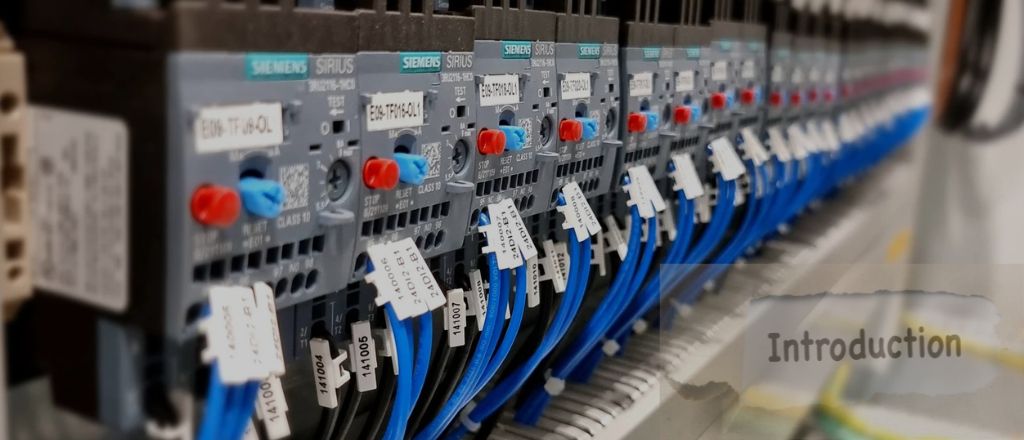
Definition and Key Concepts of Program Logic Control
Program Logic Control (PLC) is a specialised computer system for automating complex industrial processes. These processes can range from controlling machinery to managing entire factory production lines. PLCs are designed for real-time operation, enabling swift responses to changes in input conditions. The core concept behind a PLC is to monitor input signals from sensors and devices, process these signals based on pre-programmed logic, and then execute corresponding actions through output devices such as motors, relays, and actuators.
Key concepts of Program Logic Control include flexibility, scalability, and reliability. A PLC allows engineers to adapt automation systems by modifying or adding logic without significant hardware changes. This adaptability ensures that industrial systems remain relevant as production needs evolve. Furthermore, PLCs are highly robust, functioning reliably in challenging environments with extreme temperatures, vibration, and electrical noise.
Differences Between Program Logic Control and PLC
Although the terms "Program Logic Control" and "Programmable Logic Controller (PLC)" are often used interchangeably, there are key differences between them. Program Logic Control refers to the overall framework and methodology used to program systems for automation. It involves designing control processes that integrate multiple systems, tools, and techniques.
In contrast, a PLC is a physical device that applies these principles. It is hardware with embedded software specifically designed for industrial automation. Essentially, while Program Logic Control represents the theoretical approach, a PLC is the practical tool used to execute these concepts. Understanding this distinction is vital for engineers and technicians looking to excel in automation and control systems.
Types of Industrial PLC Programming
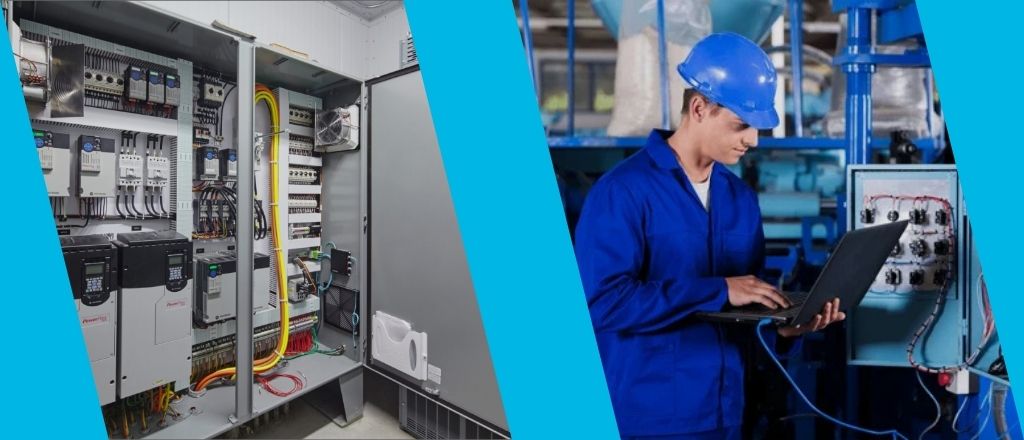
Ladder Logic for Industrial Applications
Ladder Logic remains the most widely used programming language for industrial PLCs, thanks to its simplicity and resemblance to traditional relay control circuits. It uses a graphical interface where programmers create logic by connecting symbols representing inputs, outputs, and control operations.
Ladder Logic is particularly suitable for discrete control systems, such as:
- Assembly Lines: Controlling the sequence of operations.
- Material Handling: Managing conveyor belts and sorting systems.
- Safety Systems: Implementing emergency stop functions.
Its intuitive structure allows technicians and engineers without extensive programming backgrounds to understand and troubleshoot the logic, making it ideal for maintenance in industrial settings.
Interviewer: Ladder Logic is a staple in PLC programming. Why do you think it remains so popular?
Trevor Blevins: Its popularity stems from its simplicity and visual nature. Even technicians who aren’t programmers can look at a Ladder Logic diagram and understand what’s happening. That makes it incredibly useful for troubleshooting on the factory floor.
Using Structured Text in Industrial PLCs
Structured Text (ST) is a high-level programming language for complex control tasks requiring advanced algorithms. It provides greater flexibility than Ladder Logic and resembles traditional programming languages like Pascal or Python.
Structured Text is ideal for applications such as:
- Process Control: Managing continuous variables like temperature, pressure, and flow rates.
- Data Handling: Performing mathematical calculations, string manipulations, and array operations.
- Advanced Automation: Implementing intricate control sequences, such as robotics.
Its text-based nature allows for concise and modular code, making developing and debugging sophisticated systems easier. Engineers often prefer Structured Text for projects that require scalability and long-term maintenance.
Interviewer: Structured Text seems to offer much flexibility. When would you recommend using it over Ladder Logic?
Trevor Blevins: Structured Text is perfect for complex calculations or when you need to handle data-heavy tasks. It’s also great for systems where scalability is essential. However, it’s not as intuitive as Ladder Logic, so it’s better suited for advanced users.
Applications of Program Logic Control
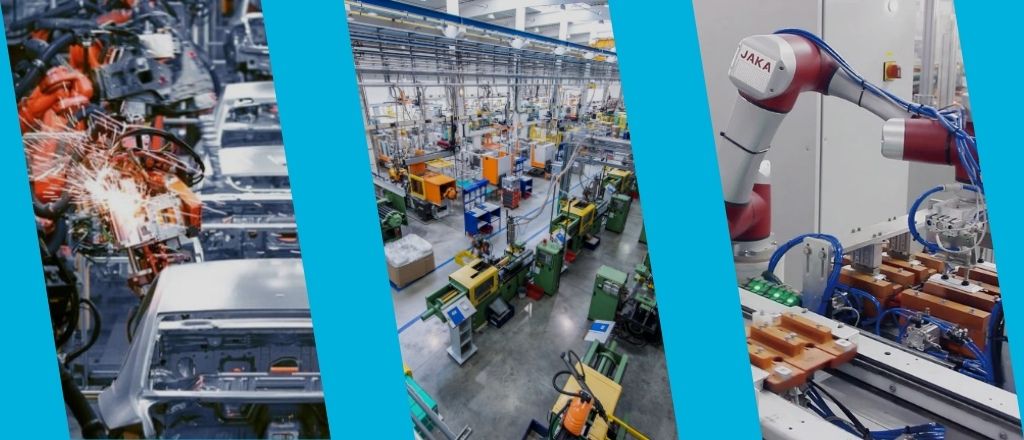
Use in Industrial Automation
The use of automated control systems is crucial in industrial automation, optimizing operations and boosting efficiency. These systems play a key role in automating both repetitive and complex tasks across industries such as automotive, food processing, pharmaceuticals, and energy production. For instance, on an automotive assembly line, these systems coordinate robotic arms, conveyor belts, and inspection processes to ensure precise assembly and quality control.
One of the standout features of PLCs in industrial automation is their ability to process data from multiple input sources simultaneously. This capability enables real-time decision-making and ensures uninterrupted production. For instance, PLCs continuously monitor temperature, pressure, and flow rates in a chemical processing plant, making instantaneous adjustments to maintain optimal conditions. This control level boosts productivity, minimises human error, and enhances safety.
Benefits in Manufacturing and Control Systems
Implementing automated control systems in manufacturing and control processes offers several advantages. First, it enhances efficiency by minimizing the need for manual intervention in repetitive tasks. These automated systems operate continuously, ensuring consistent output and reducing downtime caused by human fatigue or errors.
Secondly, PLCs improve accuracy and precision. They execute pre-programmed tasks with unmatched consistency, ensuring uniformity in product quality. For instance, in the pharmaceutical industry, PLCs regulate dosages and blending processes to meet stringent quality standards, reducing the risk of defects.
Another critical advantage is cost-effectiveness. While the initial investment in PLC-based automation systems might be substantial, the long-term savings in labour costs, waste reduction, and energy consumption often outweigh the upfront expenses. Moreover, the modular nature of PLCs allows for easy upgrades and scalability, enabling manufacturers to adapt to changing demands without overhauling their entire system.
Additionally, automated control systems improve safety and reliability. PLCs come with built-in fail-safe mechanisms to safeguard both equipment and personnel. In high-risk environments such as oil refineries or nuclear power plants, these systems monitor and manage critical processes, quickly detecting and addressing anomalies to prevent accidents. This reliability builds confidence in automation and promotes its broader use across various industries.
Expert Insights on Program Logic Control
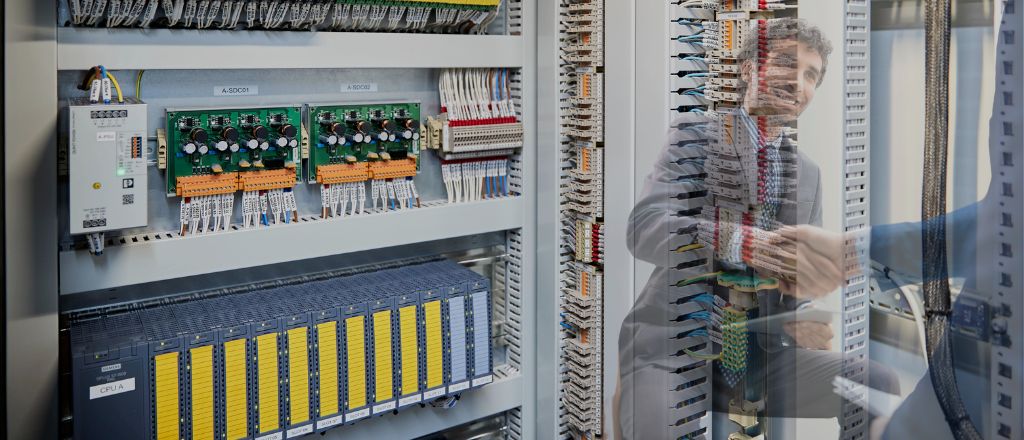
Interviewer: "Thank you for joining us today, Trevor. First, could you share your perspective on why control systems are vital in industrial settings?"
Trevor Blevins: "Thank you for having me. Control systems are the backbone of industrial automation. They enable companies to handle complex processes efficiently and with precision. Without them, industries would struggle to meet the demands of modern production, especially regarding scalability and quality assurance."
Interviewer: "What would you say are the most critical features of a PLC that make it indispensable?"
Trevor Blevins: "The real-time processing capability is key. PLCs can process data from multiple sensors and execute decisions almost instantaneously. The real-time processing capability of PLCs makes them perfect for applications where timing is everything—like in automotive assembly lines or chemical plants. Reliability and robustness also stand out because these devices operate in harsh environments without faltering."
Interviewer: "Can you explain how PLCs improve safety in industrial environments?"
Trevor Blevins: "Absolutely. PLCs come equipped with fail-safe mechanisms that ensure operations halt safely during a malfunction. For instance, if a parameter like pressure exceeds safe limits in a nuclear power plant, the PLC can trigger emergency protocols to prevent catastrophic outcomes. This level of control and safety is something manual systems can't achieve."
Interviewer: "How do you see the role of PLCs evolving with technological advancements?"
Trevor Blevins: "PLCs are already integrating with advanced technologies like IoT and AI. These integrations allow for predictive maintenance and smarter decision-making processes. For example, IoT sensors can feed real-time data to PLCs. At the same time, AI algorithms analyse patterns to predict equipment failures before they happen. This evolution is transforming PLCs from simple controllers into intelligent systems."
Interviewer: "What advice would you give to engineers looking to specialise in industrial control systems?"
Trevor Blevins: "I would emphasise hands-on experience. Theoretical knowledge is important, but real learning happens when working directly with PLCs, troubleshooting issues, and optimising processes. Additionally, staying updated on new software and hardware developments is crucial, as the field is continuously evolving."
Conclusion
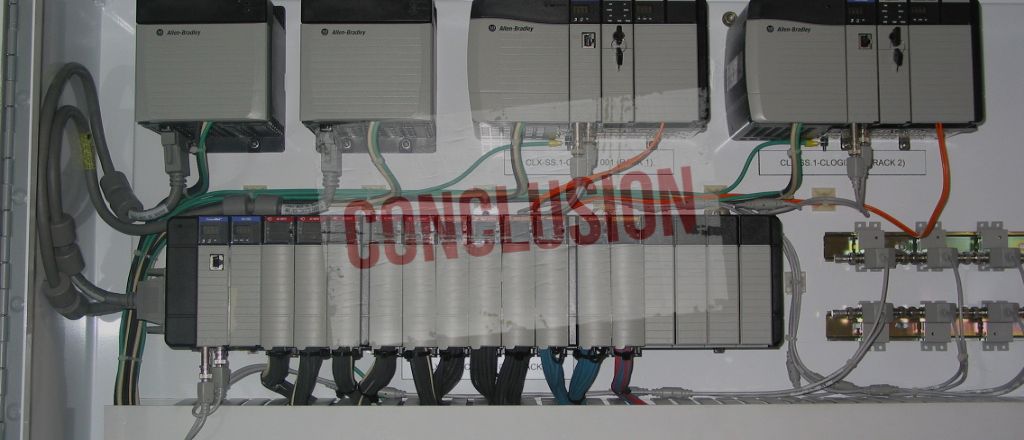
Control systems are the cornerstone of modern industrial automation, offering unparalleled efficiency, precision, and reliability. Their applications span diverse industries, revolutionizing manufacturing, energy, and process control systems. By understanding the key concepts and benefits of these control systems, businesses can harness their potential to optimize operations, improve product quality, and enhance workplace safety. As Trevor Blevins highlights, integrating new technologies like IoT and AI will further expand the capabilities of these systems, ensuring their relevance in the ever-changing industrial landscape.
Frequently Asked Questions
Siemens, Allen-Bradley (Rockwell Automation), and Schneider Electric are some of the most widely used PLC brands in industry.
Yes, PLC programming is a promising career with high demand in industries like manufacturing, automation, and process control.
A PLC (Programmable Logic Controller) is a specialized computer used in industrial automation to control machinery and processes.

